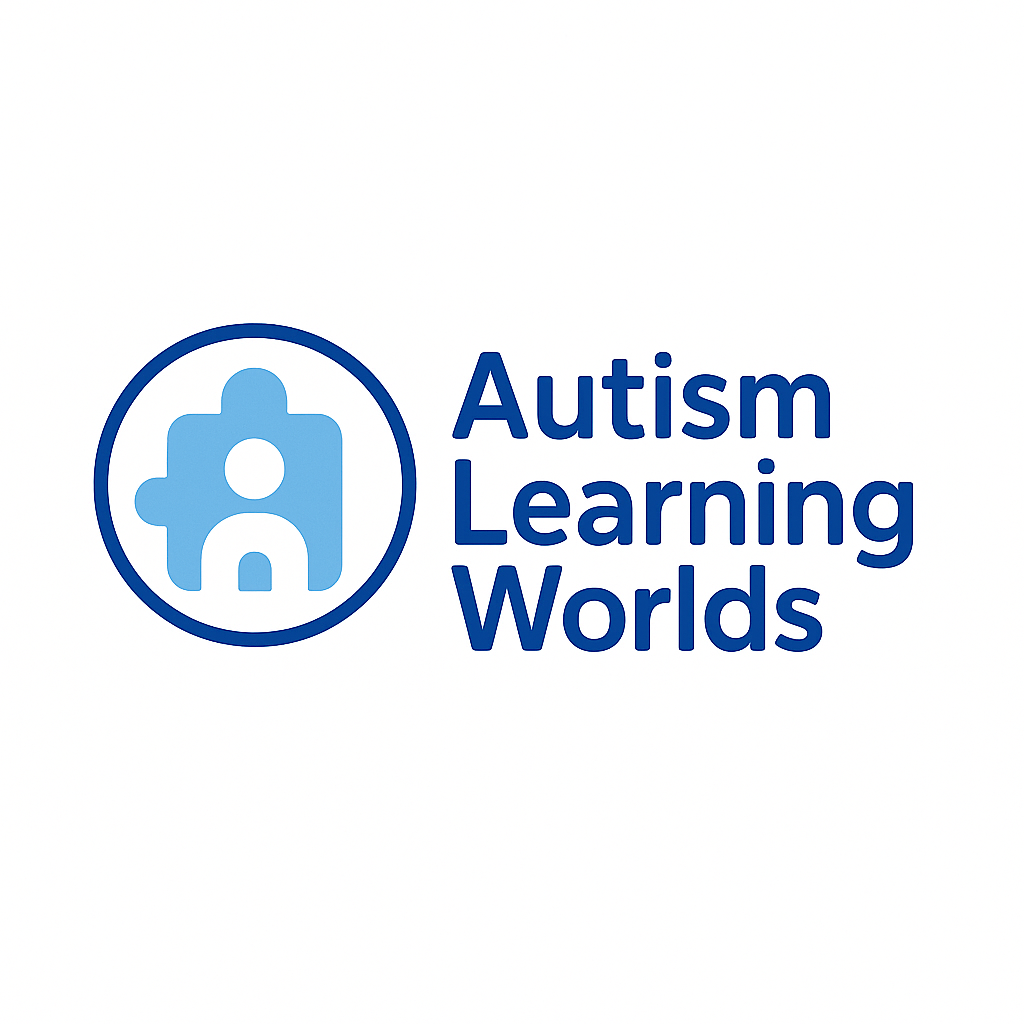Teaching Kids with Autism What to Do If They Get Lost
A safety skill every child should learn—visually and clearly
For many families and educators, the thought of a child wandering off or getting separated in public is a real fear—especially for children with mild to moderate autism.
Kids may not know what to do if they can’t find their adult, can’t describe who they’re with, or don’t realize they’re lost at all.
That’s why teaching "What to Do If I Get Lost" is one of the most important safety lessons you can build early—and review often.
🧠 Why Getting Lost Can Be Especially Risky
Many children with autism:
• Have difficulty identifying strangers vs. helpers
• May struggle with verbal communication or memory recall
• Can shut down or panic in unfamiliar environments
• May wander due to curiosity, sensory-seeking, or flight responses
So we need to give them clear, visual, practiced steps.
✅ 3 Steps to Teach Your Child
1. Stop and Look Around
Teach your child to pause immediately and look for a safe helper. That might be:
• A police officer or security guard
• A store employee with a name badge
• A parent with kids
Use real pictures in your home or classroom to help them recognize these helpers.
2. Say Their Safety Sentence
Practice a clear, simple phrase:
“I’m lost. I need help finding my adult.”
If your child is nonverbal or selectively mute, use a visual help card with the same message.
3. Show or Wear Emergency Info
Use wearable ID tags or safety cards that include:
• The child’s name
• Guardian’s name
• Phone number
• Any medical info (optional)
Bonus tip: If they carry a phone or tablet, teach them how to show this info.
📥 Free Visual Lesson: What to Do If I Get Lost
Our interactive lesson walks kids through this scary situation step-by-step using:
• Simple language
• Repeated visual modeling
• Animated “safe helper” scenes
• Practice prompts for home or school
👉 Try the What to Do If I Get Lost Lesson here
It’s perfect for classrooms, therapy sessions, or preparing for field trips, vacations, or big outings.
💙 Final Thoughts
We hope our kids never get lost. But if they do, we want them to feel capable, prepared, and safe.
When you teach this lesson ahead of time—gently, visually, and with repetition—you’re giving your child the tools they need to stay calm and get help when it matters most.
With care,
Lauren
Founder, Autism Learning Worlds

